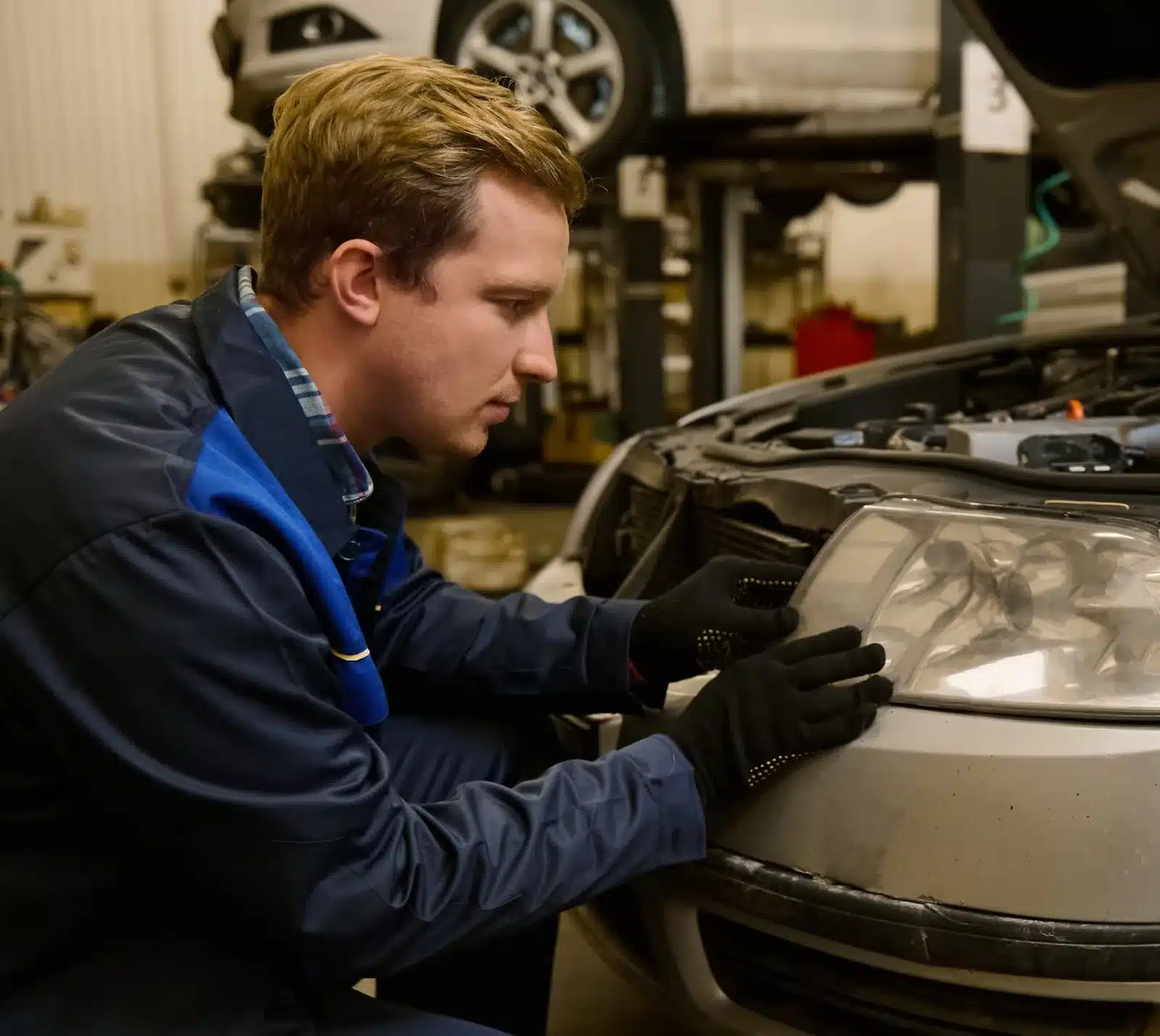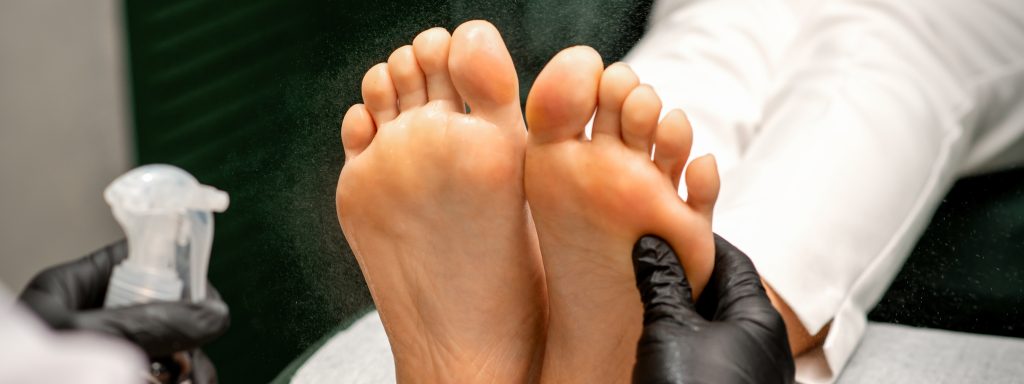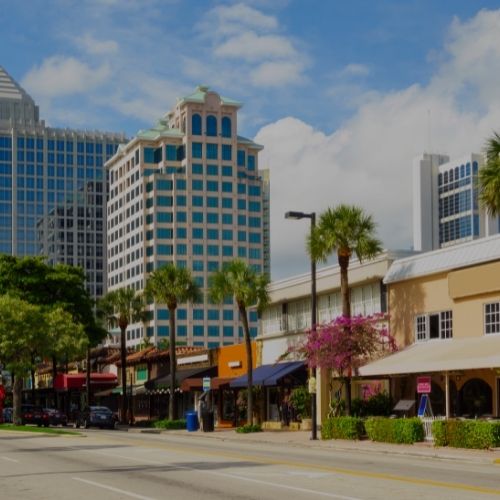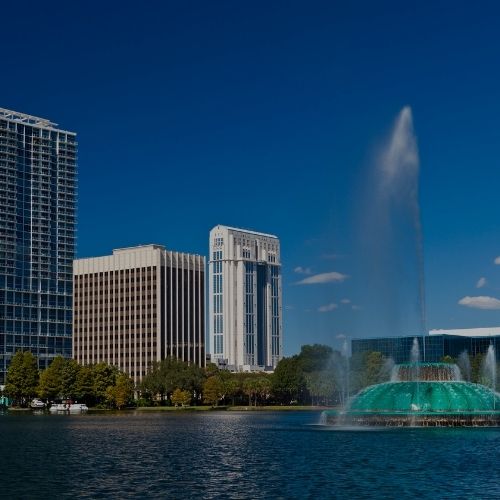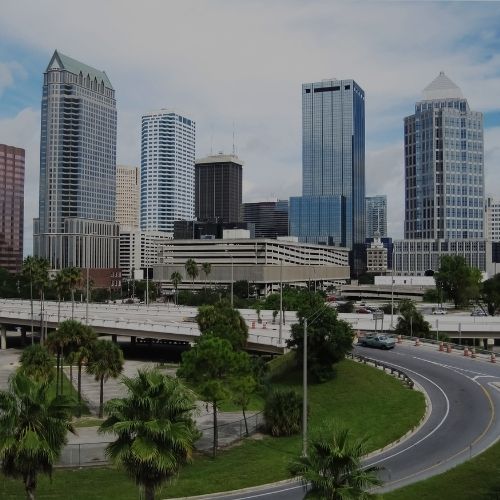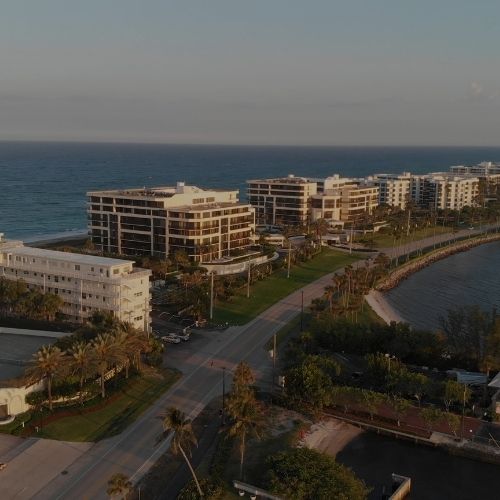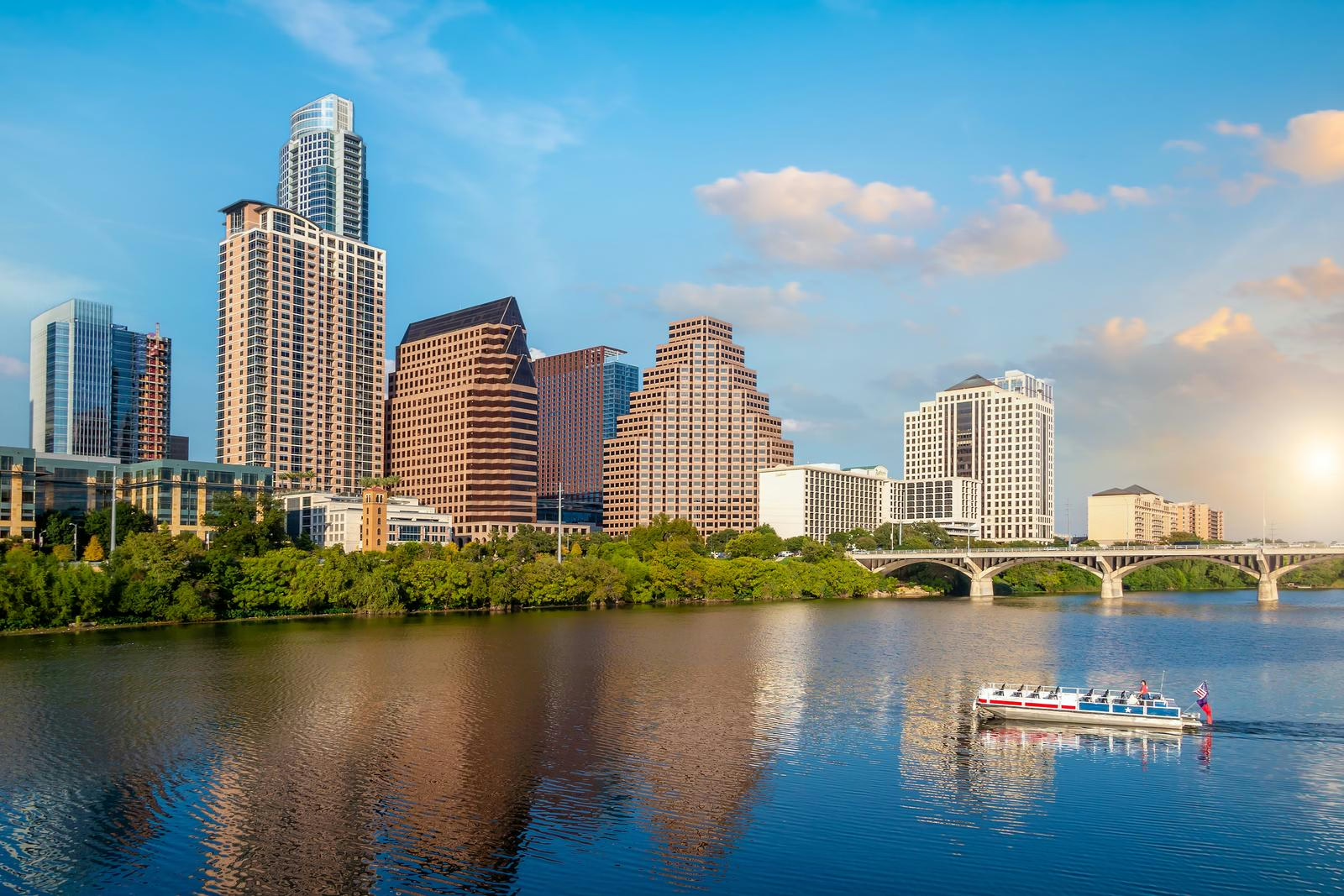How to Get Your Car Repaired After an Auto Accident in Florida?
Being involved in a car accident can be overwhelming, especially when you’re trying to handle repairs, insurance claims, and the stress of getting back on the road. Because Florida is a no-fault state, your own PIP coverage provides initial medical benefits—but only if you seek treatment within 14 days of the crash.
This guide answers the most common questions Florida drivers have about repairing their vehicles after an accident and explains each step of the process.
Because of heavy traffic and major roadways like I-4, Florida sees thousands of collisions every year. Areas like Broward County consistently report some of the state’s highest crash rates. Knowing what to do after an accident can greatly reduce stress and help ensure your vehicle is repaired correctly. Below is a simple, step-by-step guide to evaluating damage, working with insurance, and getting your car repaired after a Florida crash.
Understanding Florida Car Accidents and the Repair Process
Crashes are common on Florida roads, and they often cause extensive vehicle damage and injuries. Under state law, drivers must follow certain steps to secure repairs and receive proper compensation. Insurance providers play a major role, as most repair costs depend on your policy and the type of coverage you have.
Drivers in Florida generally have the right to choose their own repair shop, although insurers may recommend preferred facilities. Managing repairs after an accident in Florida involves ensuring safety, documenting the crash, reporting it quickly, collecting repair estimates, and selecting a qualified shop. Using a shop connected to your insurer may speed up the process, but you’re not required to use their recommendation.
If an insurer disputes your claim or delays repairs, speaking with an experienced car accident lawyer can help you better understand your rights and obtain fair compensation under Florida law.
Candice Angell
We would like to recognize Shaun Serelson and staff at RTRLAW for their outstanding pursuit to achieve the best possible outcome for my husband’s auto accident.
Step 1: Make Safety Your First Priority
Right after a collision, check yourself and others for injuries. Call 911 if anyone needs medical help. Once everyone is safe, move your vehicle out of traffic if possible. Florida law requires that you report any accident involving injuries, death, or property damage over $500. These accidents also must be reported to the DMV within 10 days.
Step 2: Gather Clear Documentation
Thorough documentation is essential for a smooth insurance claim. At the scene, collect:
- Photos and videos of all vehicles and visible damage
- Driver and insurance information from everyone involved
- Notes about the location, time, weather, and road conditions
- A copy of the police crash report, requested within 10 days
Keep all receipts, invoices, estimates, and communications with your insurer organized. This documentation will be crucial when negotiating your claim.
Step 3: Report the Accident to Your Insurer
Notify your insurance company as soon as possible—ideally within 24 hours—to begin the claims process. If you have collision coverage, your insurer can help arrange repairs immediately. Florida insurers must acknowledge your claim and begin investigating within 15 days.
Even if the other driver was at fault, your company may initially handle repairs and later seek reimbursement through subrogation. Understanding your policy—including rental car coverage and deductible requirements—will help you avoid unexpected expenses.
Step 4: Know Your Rights Under Florida Insurance Laws
Florida requires all drivers to carry at least $10,000 in property damage liability coverage. If the other driver caused the accident, you may recover repair costs through their insurer.
Because Florida follows comparative negligence rules, fault may be shared among drivers. Your compensation could be affected based on how much responsibility you are assigned. Knowing your legal options ensures you receive the amount you’re entitled to.
Step 5: Select a Reputable Repair Shop
You always have the right to pick your own repair shop, even if your insurer has preferred partners. Whether you choose a dealership, body shop, or local mechanic, make sure the facility is licensed, insured, and uses high-quality parts.
Some insurers may require use of a specific shop only under certain conditions, but most drivers can freely choose where repairs are done. Keep in mind:
- Check the shop’s reputation and certifications
- Confirm they provide warranties on parts and labor
- Ask whether they use OEM or aftermarket parts
Step 6: Obtain a Detailed Repair Estimate
Your repair shop must provide a written estimate outlining all necessary repairs and associated costs. This estimate determines whether your vehicle is repairable or considered a total loss. In Florida, a car is typically totaled if repair costs exceed 80% of its fair market value.
Step 7: Secure Alternative Transportation
If your car cannot be driven, your policy may include rental coverage. Many insurers cover rental vehicles for up to 30 days or until your car is repaired. Check your policy for limits and make sure to track all rental-related costs so you can be properly reimbursed.
Step 8: Monitor the Repair Progress
Stay updated with the shop while your vehicle is being repaired. When the vehicle is ready, inspect it carefully to ensure all repairs match the estimate and the car is fully restored.
Ask your insurer and the repair shop how payment will be handled—some insurers pay the shop directly, while others reimburse you. Also be aware that repair shops may charge storage fees if a car is not picked up promptly.
Step 9: Finalize Your Claim
Once repairs are complete, make sure all claim-related issues are resolved, including any diminished value claim you may qualify for. In Florida, drivers who were not at fault can pursue diminished value compensation if their car is worth less after repairs.
Keep copies of all documents—photos, estimates, receipts, emails, and reports—in case issues arise later.
Understanding the Value of a Free Consultation
If you were injured in a car accident, speaking with a lawyer during a free consultation can provide clarity on your next steps. Many Florida law firms, including RTRLAW, offer no-cost evaluations to help you understand your rights and build a strong claim with supporting evidence.
A personal injury lawyer can also negotiate with insurance companies, many of which try to minimize payouts or deny diminished value claims. With legal help, you are more likely to recover fair compensation for repairs, injuries, and other losses.
If You’re Hurt After a Florida Auto Accident, Speak With a Car Accident Lawyer Today
Handling repairs after a crash in Florida can be confusing, especially if insurance disputes arise. A skilled attorney can help you understand Florida’s no-fault system, assist with claims, and negotiate fair compensation for property damage and injuries.
If you are struggling with the repair process, unsatisfied with a settlement offer, or unsure about your next steps, consider contacting an experienced lawyer. Many attorneys offer free consultations and can help guide you toward the best outcome for your case.


 CALL US NOW
CALL US NOW TEXT US NOW
TEXT US NOW